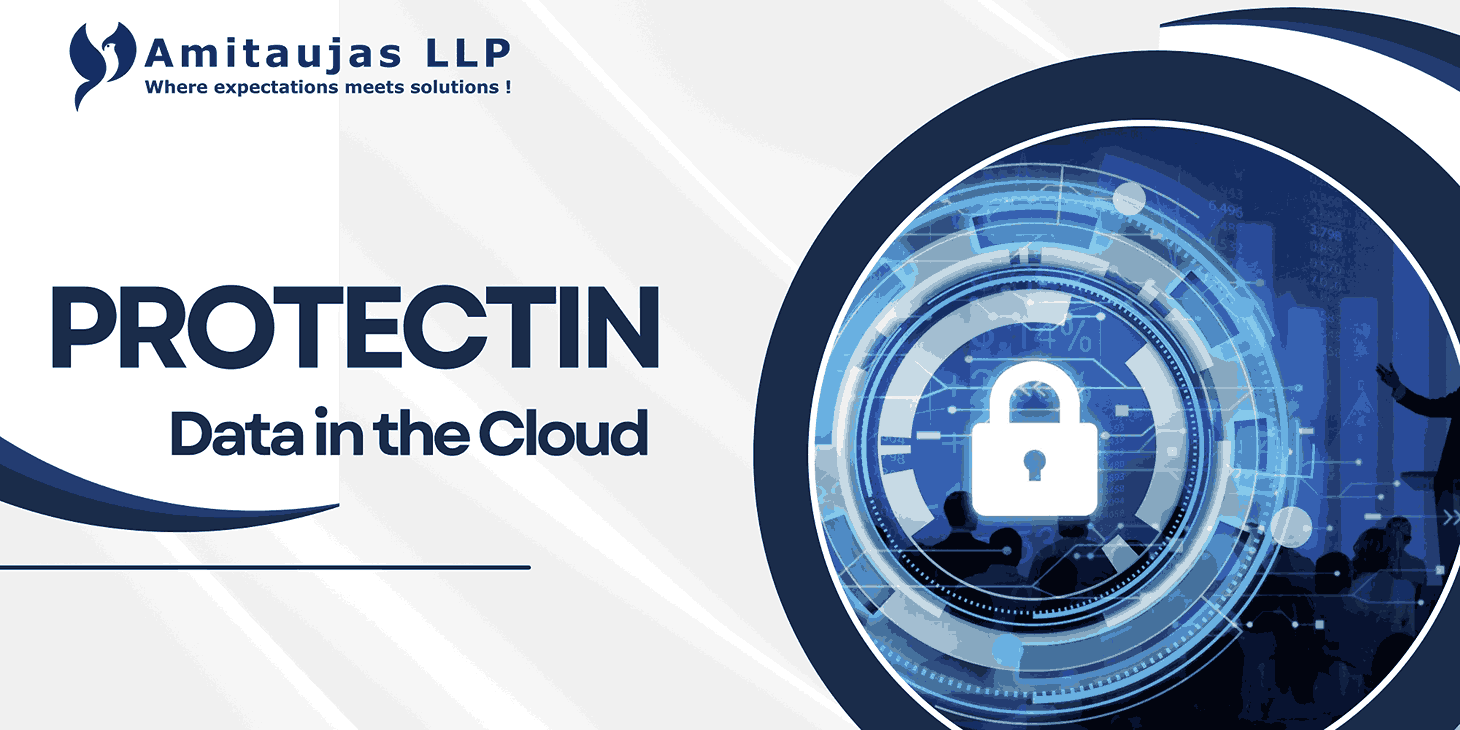
Protecting Data in the Cloud
Protecting data in the cloud is important because organizations rely on cloud services for sensitive information. Key strategies include encrypting data at rest and in transit, implementing strong access controls such as role-based access and multi-factor authentication, and conducting regular audits to monitor user activity over time. Backup and recovery program ensures fast data recovery in case of damage. Compliance and secure cloud settings strengthen protection. It is important to review the security practices of cloud service providers, and educate employees about data security best practices. By adopting these methods, organizations can increase the security of their cloud data and maintain customer trust.
1. Regular Monitoring and Surveillance
Regular monitoring and surveillance can help identify potential security issues before they become a serious threat.
- Audit logs: Keep detailed logs of user activity and access sensitive data to track and monitor unusual behavior.
- Automated monitoring tools: Use tools that provide real-time alerts for suspicious activity or unauthorized access attempts.
2. Data Backup and Recovery
A data backup and recovery program can restore data in case of loss or corruption.
- Regular backups: Schedule regular backups of important data and ensure it is stored safely.
- Disaster recovery plan: Develop and test a disaster recovery plan to ensure rapid recovery of services and data after a breach or failure.
3. Compliance and Regulations
Adherence to data protection standards and regulations is important.
- Know the rules: Know the laws like GDPR, HIPAA and CCPA that apply to your business and make sure your cloud provider is in compliance.
- Third-party certifications: Choose cloud providers with certifications such as ISO 27001 or SOC 2 that demonstrate strong security measures.
4. Security Configuration
Make sure your cloud environment is configured from scratch.
- Default settings: Change default settings on potentially insecure cloud services and adjust configurations to your organization's security needs.
- Network security: Deploy firewalls, virtual private networks (VPNs), and intrusion detection systems to protect your cloud infrastructure.
